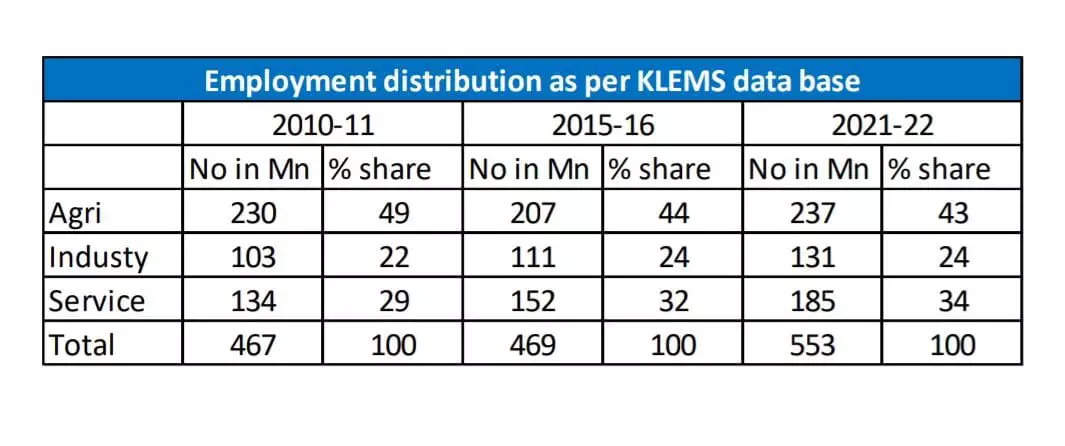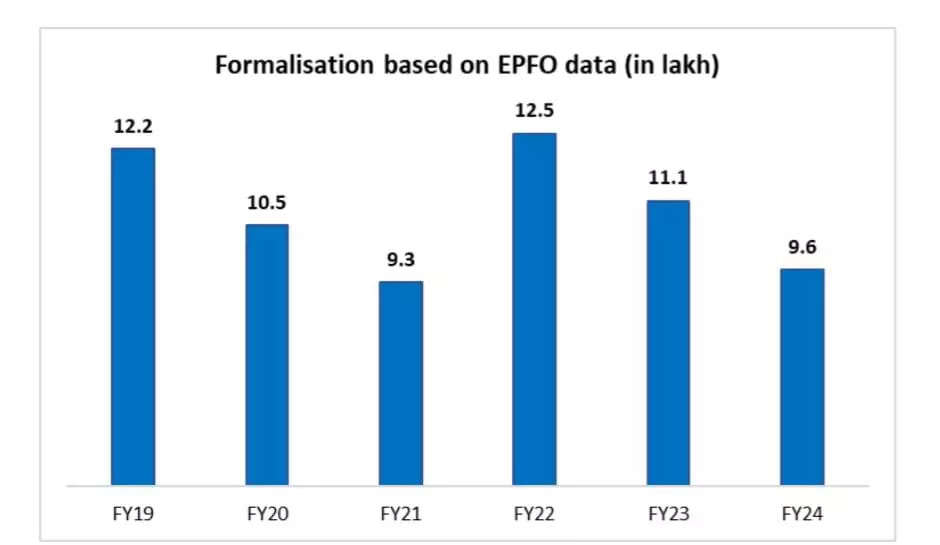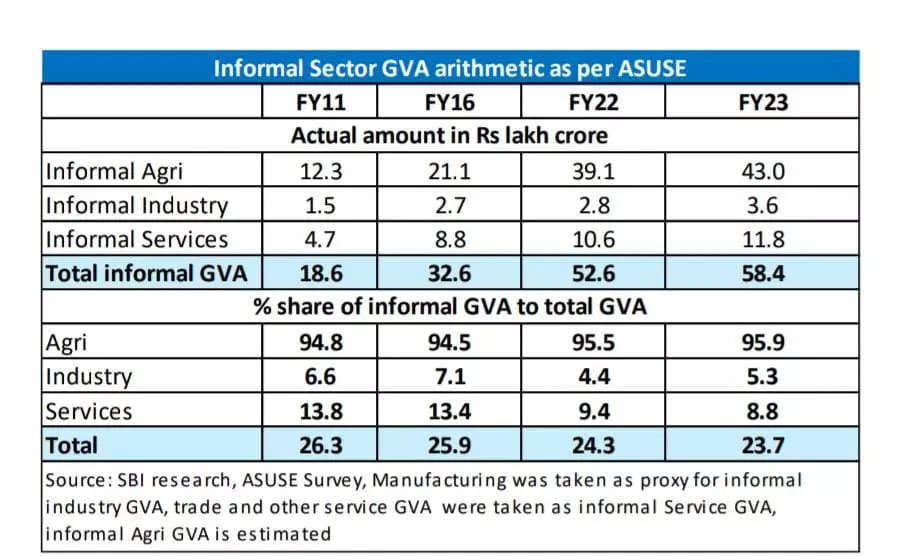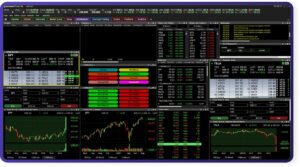A latest ecowrap report by the State Bank of India highlighted that the Indian Economy is getting formalized at a faster pace where about 65 lakhs jobs have been formalized since FY19 and about 43 per cent consumption was contributed by those at the bottom of the pyramid.
However, the report further revealed that formalisation in the labour force lags behind, with a major per cent of labour force still remaining in the informal sector. It highlighted that about 45 per cent of India’s labour force is still informal, while if we compare it to the entire Indian economy, numbers reveal that about 23.7 per cent of the Indian economy was informal in FY23, which is almost half the number given for labour force.

This underscores the fact that formalisation of the Indian economy is moving at a rapid face while that of labour force remains slow.
There has also been a rapid tilt towards formalization reaching a tipping point now. Other Services and Trade led the rapid growth in unincorporated enterprises, more so in rural areas, inching upwards to 6.5 crore in FY23 from 5.8 crore in FY11 even though decadal plus trends shows stability for workers, greater number in urban establishments and there is a concomitant shift in workers from manufacturing to trade.
Rural establishments, apart from embracing higher growth, also witnessed robust growth in gross value added (GVA), 2.7 times against 2.3 times growth for urban establishments, with traction coming from rise in contribution from other services.
Further, rural establishments have exhibited a rapid pace of increase from GVA per establishment contribution with larger increase in all the three sectors, that is manufacturing, trade & other services with regard to urban counterparts. Also, GVA per worker increased more for rural establishments with the other services sector contributing more, the report said.
ALSO READ: From informal to formal economy
How big is the Informal Economy?
Assuming manufacturing as a proxy for industry GVA and trade and other services sector for services GVA, the size of total informal economy is 23.7 per cent in FY23 as compared to 25.9 per cent in FY16. In absolute terms, Rs 26 lakh crore formalized in just seven years, the report added.
Monthly EPFO payroll report provides data on establishments remitting first ECR (Electronic Challan-cum-Return) in a particular month. Based on that data it is estimated that since FY19, almost 65 lakh jobs have been formalised till Mar’24, the report highlighted.
On an average, a formal hired worker earned Rs 2.45 lakh per annum as compared to Rs 1.11 lakh earned by informal hired worker (with most in services and least in trade).
Number of unincorporated enterprises increased more in rural areas in 2022-23 when compared to 2010-11. Workers employed in unincorporated enterprises remain almost stable in the last decade with more workers in urban establishments, said the report.
Uptick in Rural Establishments GVA
The Gross Value Added (GVA) of rural establishments increased 2.7 times between 2010-11 and 2022-23, for urban it increased 2.3 times during.
GVA per establishment contribution of urban enterprises is more, however the pace of increase is rapid for rural establishments, with larger increase in all the three sectors, i.e. manufacturing, trade and other services the same period, said the report.
GVA per worker increased more for rural establishments, with the other services sector contributing more. Sectoral contribution shows greater contribution of other services (2.7 times increase between 2022-23 and 2010-11).













